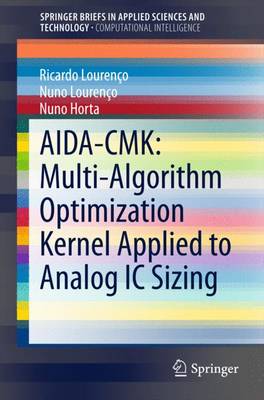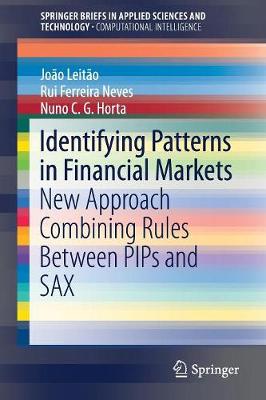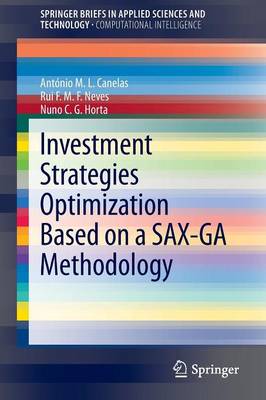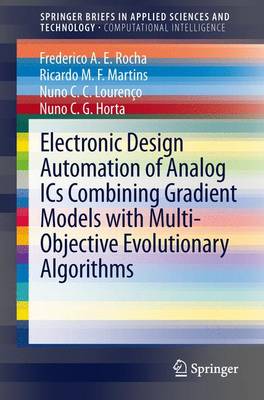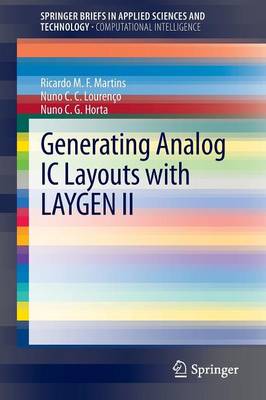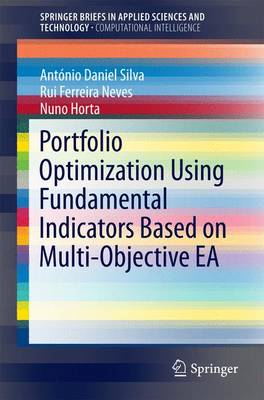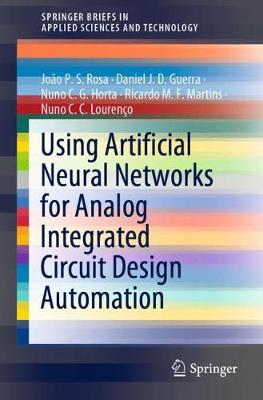SpringerBriefs in Applied Sciences and Technology
7 total works
AIDA-CMK: Multi-Algorithm Optimization Kernel Applied to Analog IC Sizing
by Ricardo Lourenco, Nuno Lourenco, and Nuno Horta
Identifying Patterns in Financial Markets
by Joao Leitao, Rui Ferreira Neves, and Nuno C.G. Horta
Investment Strategies Optimization based on a SAX-GA Methodology
by Antonio M.L. Canelas, Rui F.M.F. Neves, and Nuno C.G. Horta
Generating Analog IC Layouts with LAYGEN II
by Ricardo M. F. Martins, Nuno C. C. Lourenco, and Nuno C.G. Horta
This book presents an innovative methodology for the automatic generation of analog integrated circuits (ICs) layout, based on template descriptions and on evolutionary computational techniques. A design automation tool, LAYGEN II was implemented to validate the proposed approach giving special emphasis to reusability of expert design knowledge and to efficiency on retargeting operations.
Portfolio Optimization Using Fundamental Indicators Based on Multi-Objective EA
by Antonio Daniel Silva, Rui Ferreira Neves, and Nuno Horta
